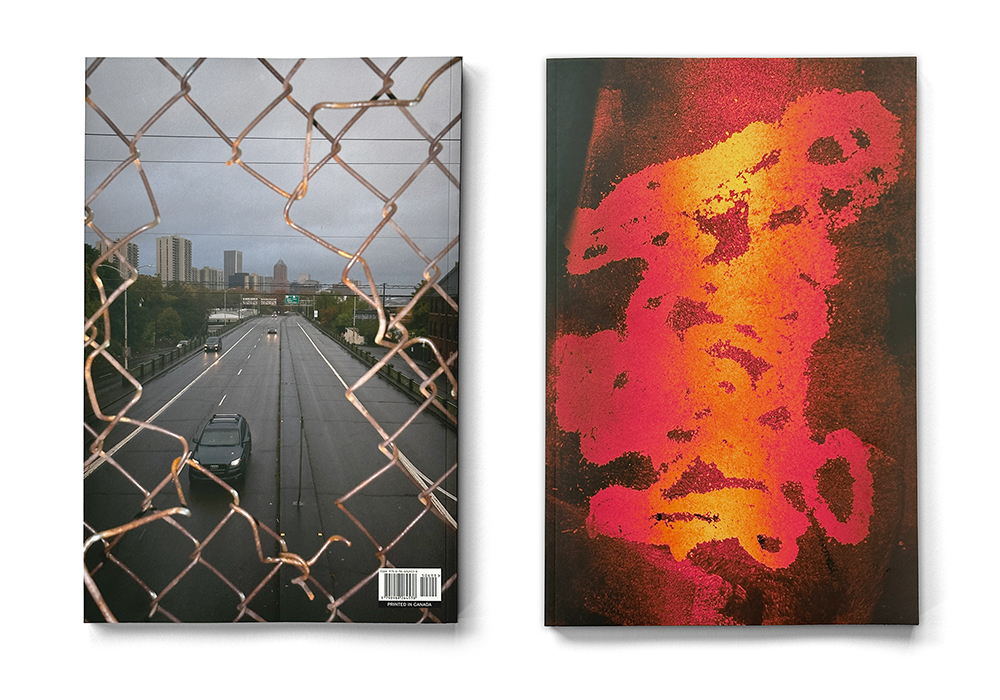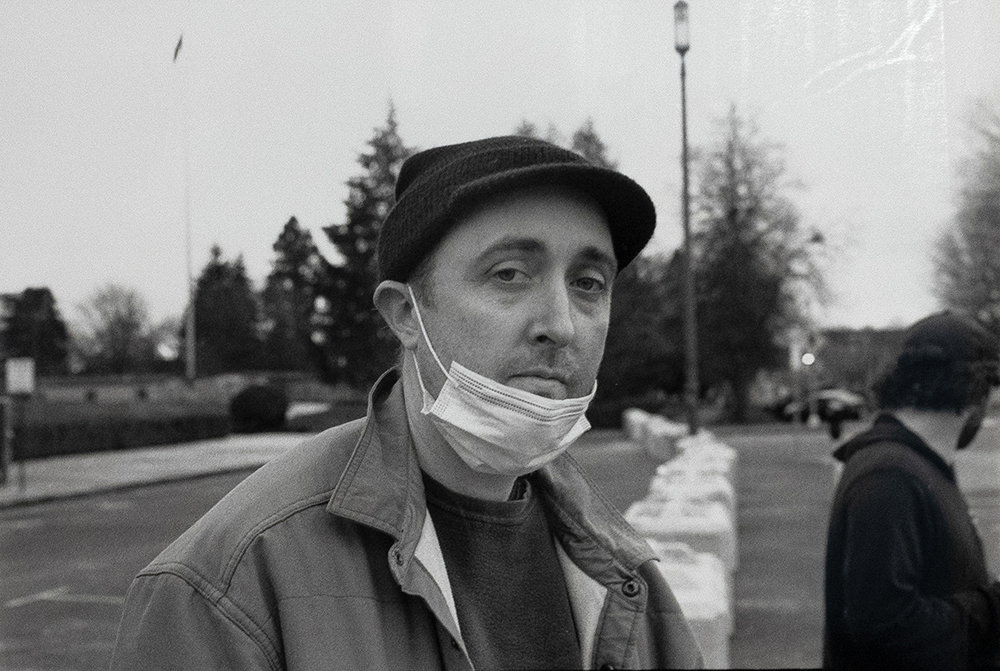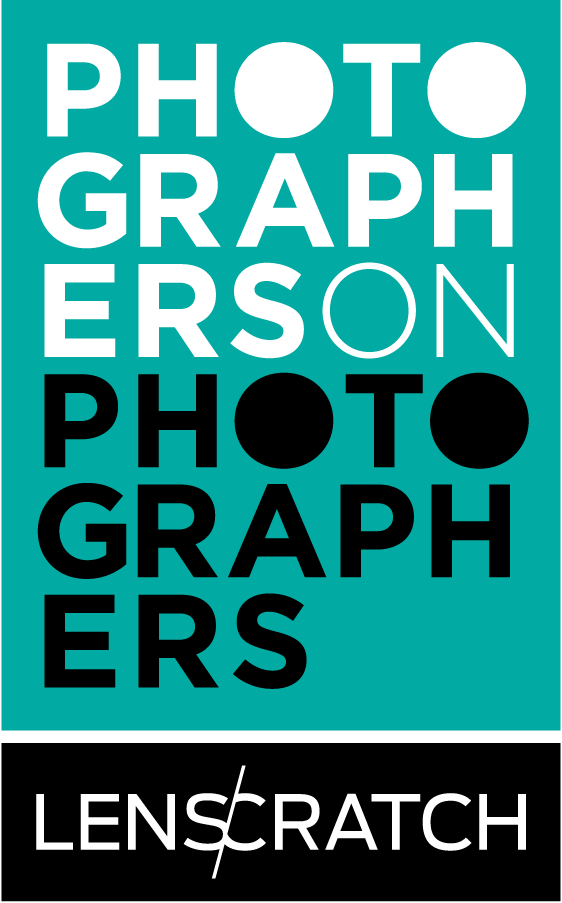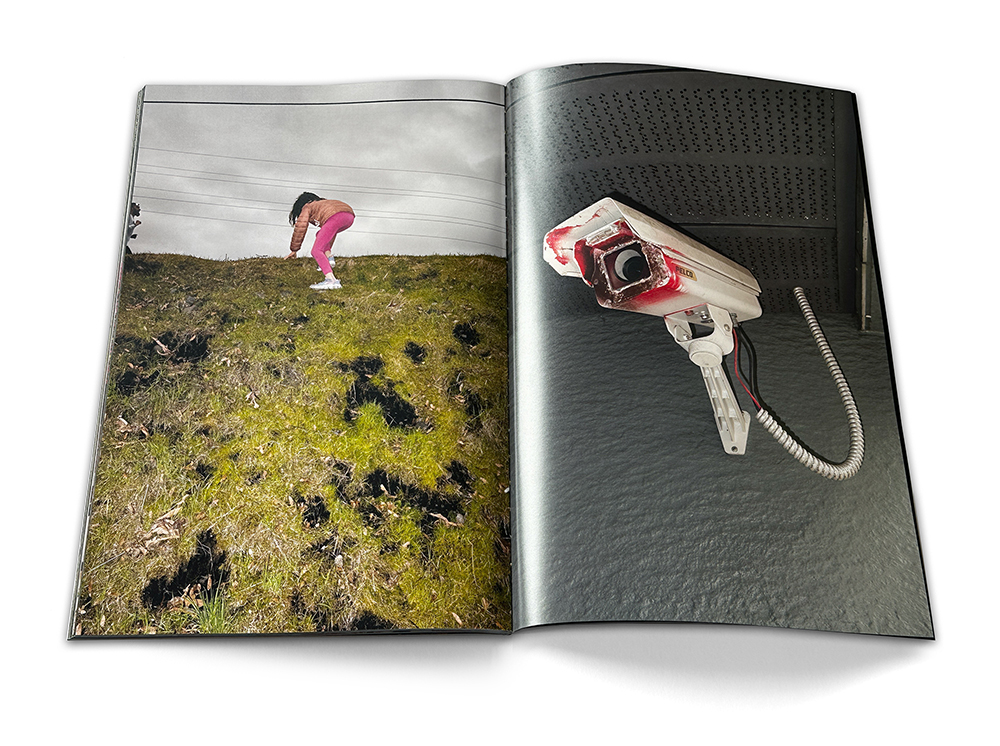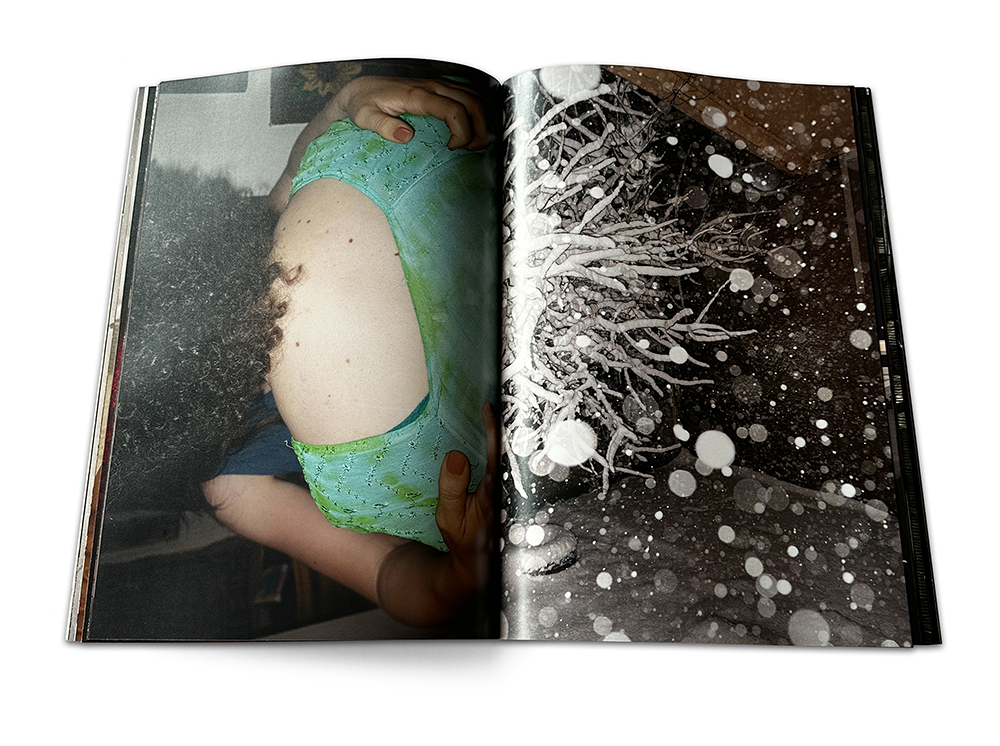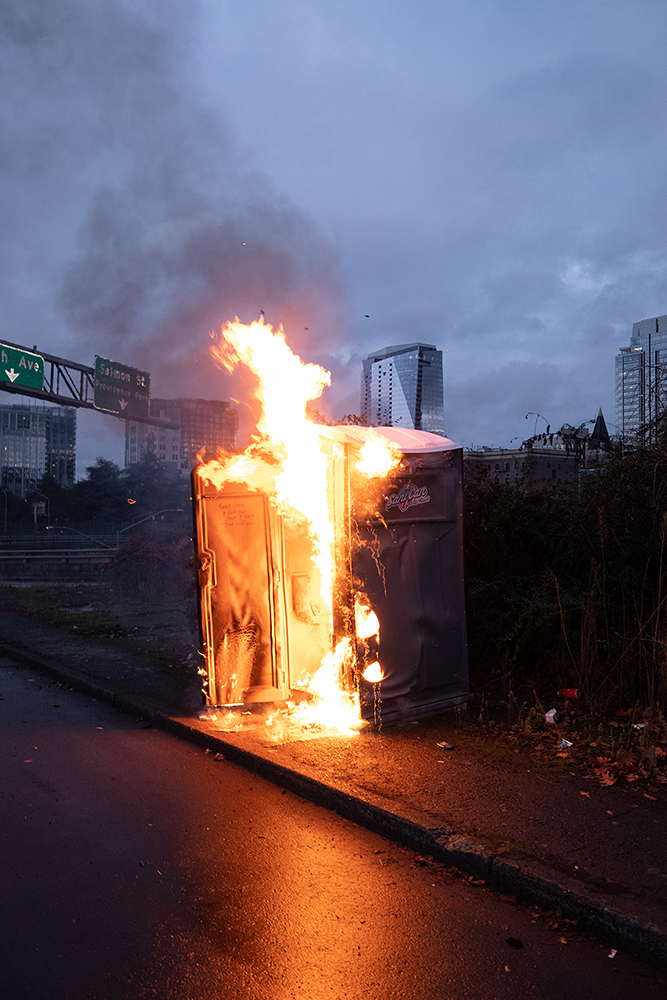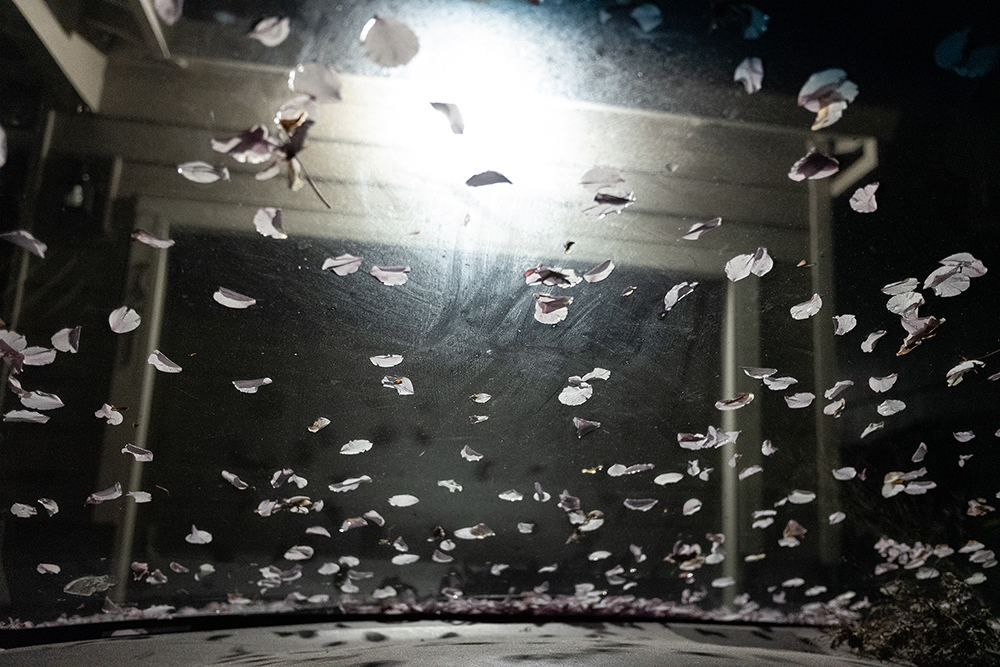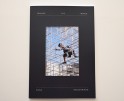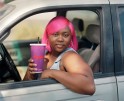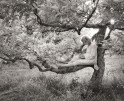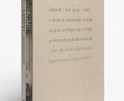Photographers on Photographers: Blake Andrews in Conversation with Rian Dundon
When I first discovered the work of Rian Dundon, he was deep in the process of photographing the civil unrest in Portland following George Floyd’s murder. Beginning in May 2020, nightly protests engulfed the city for a period of several months. Dundon was there most evenings shooting photos. Occasionally, he ventured further afield to document the action in nearby cities such as Vancouver, Clackamas, and Gresham. We met during one such venture, in early 2021 during a demonstration at the Oregon State Capitol building in Salem, roughly halfway between my home in Eugene and Rian’s home in Portland. By then the months of discord were beginning to fizzle, and the capitol event turned out to be a bust photographically. But the lull in the action provided a nice chance to stroll around together and chat. We’ve kept in touch ever since, through email and occasional meet ups. It’s been fun to track Rian’s photos through his Instagram, zines, and books. In 2023, his Portland demonstration photos were published in the photojournalistic monograph Protest City. In September this year he will publish the followup book, an oversized collection of recent personal photos called Passenger. The photos are mostly from Portland, with a few other locations thrown in the mix. They document his explorations in the city’s nether regions, during a period when both Rian and Portland emerged from a grinding period of pandemic and unrest.
Rian Dundon (b. 1980) is a photographer in Portland, Oregon. He is the author of the books Protest City (2023), Fan (2015), and Changsha (2012), and currently teaches photography at Clark College in Vancouver, WA. In the mid-2000s, Dundon got his start in photojournalism working with New America Media, the acclaimed San Francisco community news service. Later he served as a photo editor at several publications and nonprofits, including Raw View Magazine and Catchlight. Dundon has taught documentary photography at the San Francisco Art Institute, University of California, and the International Center of Photography. He holds an M.A. in Social Documentation from University of California, Santa Cruz, and was a 2020 Magnum Foundation fellow.
Instagram: @rian_dundon
Blake Andrews: Congrats on Passenger. How does this book relate to your previous book Protest City? Do you see them as companion books? Or two separate projects?
Rian Dundon: It’s a kind of sequel to Protest City. They’re looking at the same place, and there’s overlap in the time period and even a few subjects that appear in both. This book is more personal though, and far less narrative or subject driven, which is truer to my approach and ideas for photography in general. But all my books are companions in a sense. It’s a progression. They are extensions of each other even though they stand alone.
BA: Do you think of Passenger primarily as a book about Portland? Or is Portland the subtext for other photographic subjects?
RD: Passenger is set in Portland, but it’s about other things too. Family, housing, capital and care. Photography and surveillance. Movement and transition. I think places can be subjects but they can also just provide a good framework for pictures that all happen to be made in proximity to each other. Often both are true.
BA: I notice gritty motifs circulating in Passenger as well as Protest City. Graffiti, trash, chain link, vice, garish flash, tilted frames, etc. What do you think draws you to that stuff? Is it a photographic response to the saccharine effect of more calendar-friendly photography (Ansel Adams, Ed Weston, etc). Is it something inherent to Portland? Does it say something about your worldview?
RD: I think I’m attracted to incongruencies in the city—accumulations of resistance in a sterile built environment. And the pictures I’m most interested in are similarly unruly. Photography can be so sentimental, right? Saccharine, yes. Maybe it’s baked into the medium, what with the looking back and all. One way to try and escape this is by embracing imperfections and mistakes within the frame (this is what I see you doing too, and why I love your work). To strip the image of its conventional markers of beauty, geometry, representation. I want to make pictures as uncertain as life is. And I take photos in Portland because that’s where I live. This book, none of my books, are intended as documents or essential descriptions of a place. I trust that what’s inherent will be in the pictures. My worldview is in there too, though only a certain version of it. In person I’m probably a bit sunnier.
BA: When and why did you move to Portland?
RD: I moved here in 2019 but I had been visiting for years. I was born here in 1980, then we came back to be closer to family.
BA: Do you remember your first impressions of the city after moving there?
RD: My impressions coming back were of a sleepy town with clear divisions between its Portlandia-era tweeness economy and the rest.
BA: I think this might hint at greater divides in US society, between moneyed Portlandia culture and the paycheck-to-paycheck reality of working class America. Maybe that’s what you meant when you said that Passenger is about capital? Or I could be way off, just thinking out loud…
RD: Yeah exactly. Except that show wasn’t really about money as much as it was a certain extension of 1990s values into 21st century Portland, specifically. Therein lies the conflict (and source of humor). As social division became more pronounced everywhere, the quirky lifestyles lampooned in that show were just a luxury to be co-opted by the elite. It’s about capital because that’s what cities are built on and that’s the system we operate under, and it’s a factor in how we construct our identities and relationships, even our families.
BA: What surprised you most about Portland after settling there? How has the city changed since 2019?
RD: What surprised me was that Portland, like most American big cities, was full of different types of people doing what they need to get by. I think 2020 smashed what was left of the illusion of Portland as a liberal utopia.
BA: What is your favorite building in the city?
RD: The Portland Building
BA: Favorite restaurant?
RD: Burgerville
BA: Favorite local celebrity?
RD: Chef Pascal Sauton
BA: Favorite place to photograph?
RD: On the MAX train
BA: Favorite photobook about Portland?
RD: Anything by James Han
BA: What is your typical photomaking process? What makes you push the shutter button? Is it a purely visual response? Intuition? Subject matter? Something else? Do your photos generally turn out as expected?
RD: I don’t take a lot of photos. Certainly not everyday, and sometimes it feels like I’m actively avoiding doing so. Mainly I’m responding to the way things look in my immediate surroundings. It is absolutely visual, but it’s also about how connected I feel to something. There is always some level of intuition involved. But no, they rarely turn out how I expect, so I’ve learned not to have too many expectations when I’m pressing that button.
BA: Can you briefly describe the bookmaking nuts and bolts? How/when was the book conceived?
RD: This book was conceived over the early months of 2024 after I approached the publisher with a mockup. It was a fast timeline to production, but the images were made slowly and organically between 2020-2023. The publisher (Tod Lippy of Mirrorical) and I wanted to make a book with little to no text, full bleed spreads, and pairings. Basically a bigger, more produced version of the zines I’ve been putting out independently for the past decade.
BA: How did you edit the photos into book form?
RD: Editing was done with prints on my apartment wall over the course of several months living with the pictures, which is my standard approach. Tod and I traded a few versions of the design and layout, and he arranged production with a printer he works with in Canada. The dimensions and materials were partially dictated by budget, but the oversized format was Tod’s doing and I think it really makes the book work, seeing the images at that size.
BA: What about the logistics of distribution, promotion, etc?
RD: We are lucky to have distribution with Distributed Art Publishers (D.A.P.) in New York and will be launching at Printed Matter in September. Promotion falls on myself and the publisher, primarily via press outreach, emails, launch events etc. I always sell books out of the trunk of my car too, so if you see me I got you.
BA: What can you tell me about Mirrorical? From what I’ve read on their site, Passenger is the first book from this new publisher. And they are only doing one book per year? What’s the deal?
RD: Mirrorical is a new imprint started by Tod Lippy of Esopus Magazine fame. Tod’s an artist, a curator, a brilliant designer, and connector of people. You’ll have to ask him for more details on future plans, but I feel really lucky to be Mirrorical’s first project. I think the idea behind one book/year is just to devote more time and resources to individual projects.
Blake Andrews is a photographer based in Eugene, where he lives with his wife and teen sons near Spencer Butte. In addition to his own blog, B, an irreverent view of the photo world which he has maintained since 2007, he is a regular book reviewer for Collector Daily and PhotoEye, and the photography critic for Eugene Weekly. As a photographer he has been consistently engaged in one project or another since 1993, including Portland Grid Project, Eugene Grid Project, UP Photographers, and numerous shows internationally. But mostly he shoots for himself. He received a B.A. in Environmental Studies from Brown University in 1992, a discipline which comes in handy behind a camera.
Instagram: @swerdnaekalb
Posts on Lenscratch may not be reproduced without the permission of the Lenscratch staff and the photographer.
Recommended
-
Paccarik Orue: El MuquiDecember 9th, 2025
-
Kinga Owczennikow: Framing the WorldDecember 7th, 2025
-
Richard Renaldi: Billions ServedDecember 6th, 2025
-
Ellen Harasimowicz and Linda Hoffman: In the OrchardDecember 5th, 2025
-
Linda Foard Roberts: LamentNovember 25th, 2025

